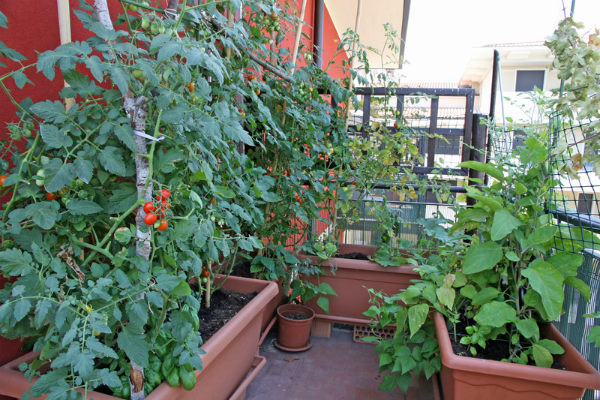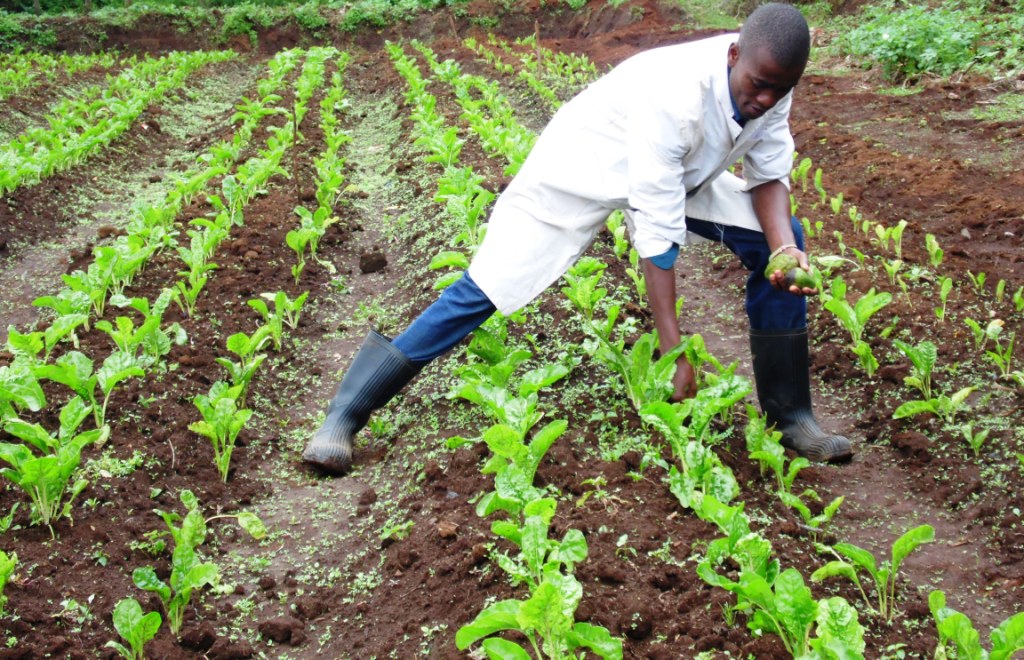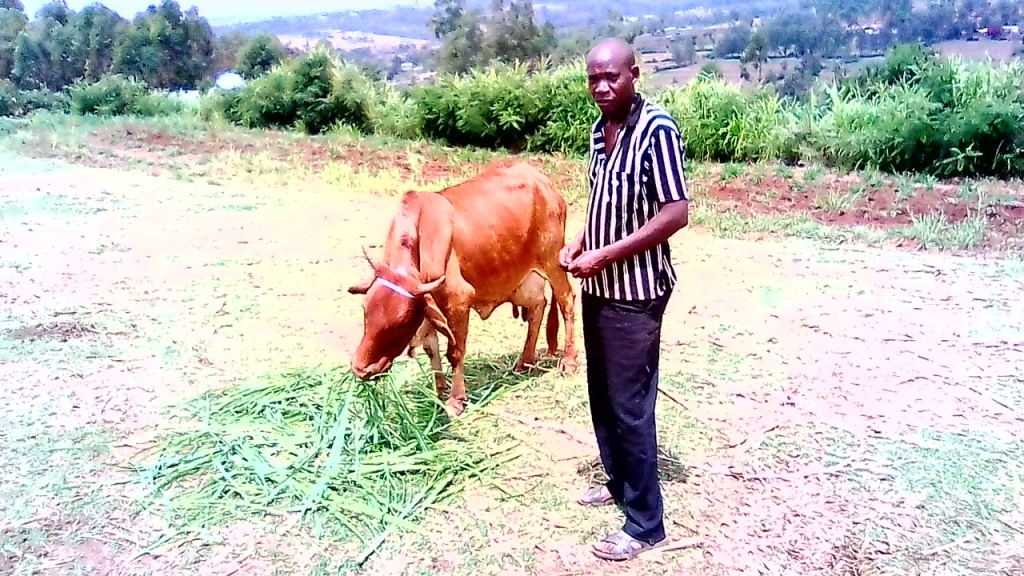
In the unforgiving coastal climate and land that returns poor yields is the story of a rooftop garden, barely the size of a standard kitchen, hosting over 1100 different plant, and returning Sh20, 000 a month.
The story of proper planning, constant monitoring of the small farm and cascading design of the sack gardens is better told by Tabitha Mwiwawi, the owner, and an interior designer who has borrowed lessons from his trade to perfect the art of urban farming in a land of scarcity.
Tabitha who comes from Chuda in Mombasa uses water from her borehole during dry season to water her garden. This makes her production and supply consistent throughout the year.
In her rooftop balcony a cocktail of hanging gardens and neatly cut bottles co-exist as they enjoy the cool coastal breeze. In this miniature farm, sukumawiki, spinach, cowpeas, dania , onions, cabbages, brinjals and pepper among other crops feeds Tabitha in what she has dedicated her life to doing.
Related News: Mathare families fly with rooftop farming
Related News: Agripreneur sells potted crops for urban rooftop farming
Related News: Balanced soil-manure ratio boosts water drainage in bag farming
They used water bottles neatly arranged are filled with charcoal dust, manure and soil and they serve as seed beds. Once seeds sprout they are transferred to the black plastic bags that serve as their growing medium until they are ripe for harvest.
“Very many farmers at the coastal region have tried to grow various crops but the harsh weather and poor soils have disappointed. But people must eat. So what do we do? We have to get creative and beat the tough conditions. It is what I have chosen to do, and I am living proof that you can farm anywhere,” said Tabitha.
The many crops in her rooftop gardens means that she can alternate planting and eventually harvesting them, giving her a steady income throughout the year. With an initial investment of Sh10,000 three years ago, Tabitha now earns on average Sh20,000 each month from the sale of the produce to her neighbours. This is enough for her since she also consumes part of what she grows meaning she cuts down on food budget, and because she does this farming as a part time job.
“However it doesn’t look as rosy as it might sound. A lot of work goes into tending and taking care of the crops. For starters I wake up very early to ensure the garden is watered. Considering this is horticulture, I also have to be sensitive about what fertilizers and chemicals I use so I have to keep constant watch. I prefer foliar fertilizer. Then there is the weeding which plays a key role in determining the amount of yield I will get,” she said.
Her farming especially in an area farmers have given up on farming is a rubberstamp to a gospel being advanced by policy and research institutions on the way forward in food production. According to institutions like Alliance for a Green Revolution in Africa AGRA, and FAO, unprecedented population explosion is putting a strain on food production. The situation is further exacerbated by the fact that arable land is dwindling as it gets replaced by housing developments and as it competes with the exploration of natural resources. The solution, the institutions insist, is in tapping small portions of land to produce more. Miniature gardens like Tabitha’s it is argued, can feed dozens of people comfortably.


















